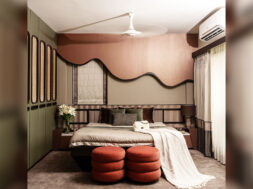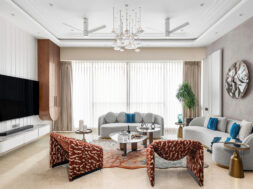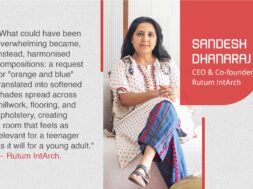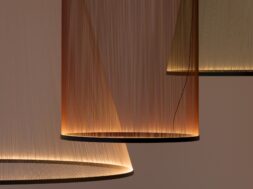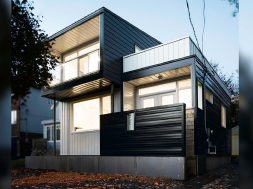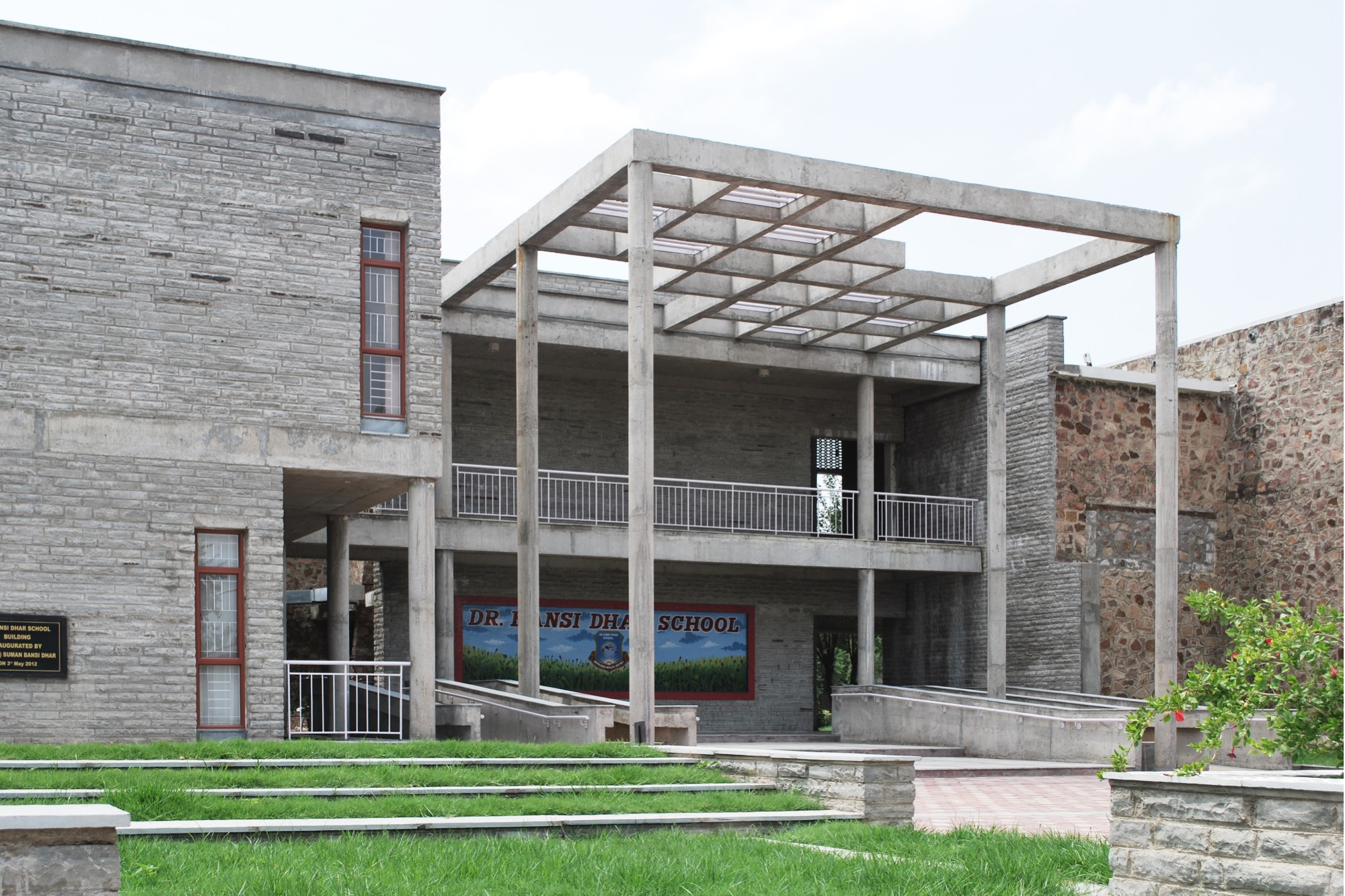
Basic Architects’ sustainable school design inspires learning
Basic Architects transforms school architecture by combining tradition, sustainability, and innovation to create future-ready learning spaces.
As a famous architectural firm specialising in educational environments, architects like to share insights into the changing landscape of school architecture. From blending tradition and contemporary to prioritising sustainability and student well-being, BASICS provides a complete approach to developing compelling learning environments.
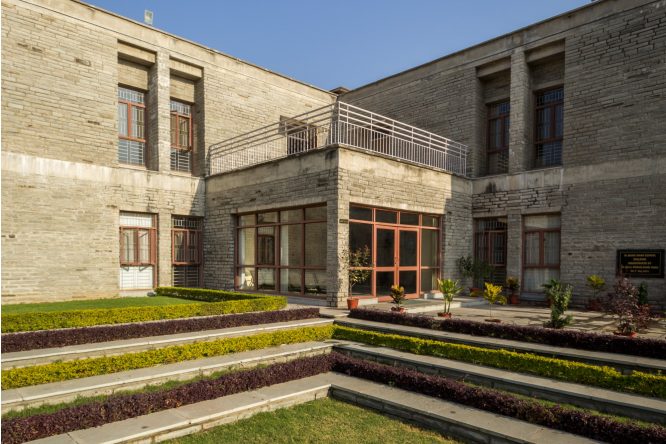
While aesthetics play an important role in creating appealing settings, utility takes priority. Prioritising elements like natural light, adaptable layouts, and ergonomic furniture ensures that the design promotes both teaching and learning. Location, climate, and money all have an impact on the materials used. Local sourcing decreases environmental impact and ensures that the design is culturally appropriate.
Sustainability is a fundamental principle in our designs. These schools reduce their environmental impact by including natural lighting, effective ventilation, and energy-saving equipment. Furthermore, outdoor learning environments and biophilic design components improve student well-being and cognitive growth.
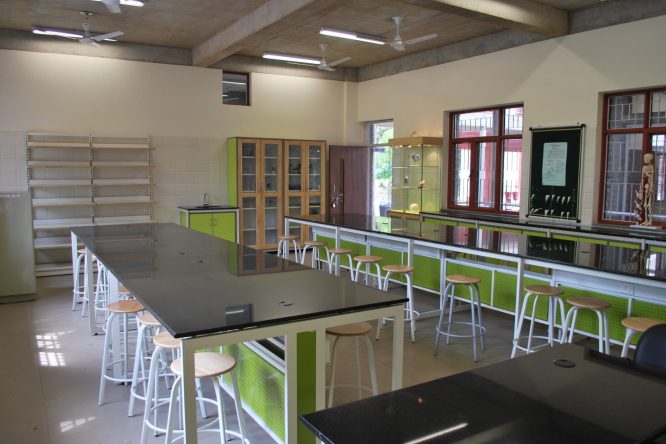
BASICS foresee a future in which schools are more than just structures; they are thriving centres of learning and innovation. Open-plan classrooms, flexible spaces, and technological integration will continue to influence the educational landscape. By embracing these developments, schools may adapt to changing educational approaches and ensure that students are well-prepared for their future.
When creating future-ready schools, several fundamental ideas should guide the process. Prioritising the function above is critical, ensuring that the requirements of students and teachers are prioritised in all design decisions. Sustainability is another important consideration, with an emphasis on decreasing environmental effects through the use of eco-friendly materials and energy-efficient solutions. Flexibility should be a priority, with facilities intended to adapt to changing educational needs. Improving student well-being is equally crucial, and this can be accomplished by introducing natural light, outdoor spaces, and biophilic design components. Furthermore, incorporating technology is critical for establishing future-ready learning environments.
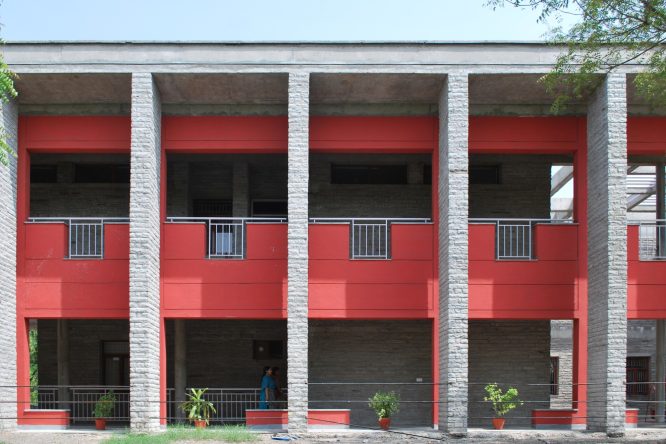
By following these ideas, schools can be constructed to be both useful and inspiring, instilling a love of learning and preparing students for success.
For more details, visit: https://basics.co.in/

